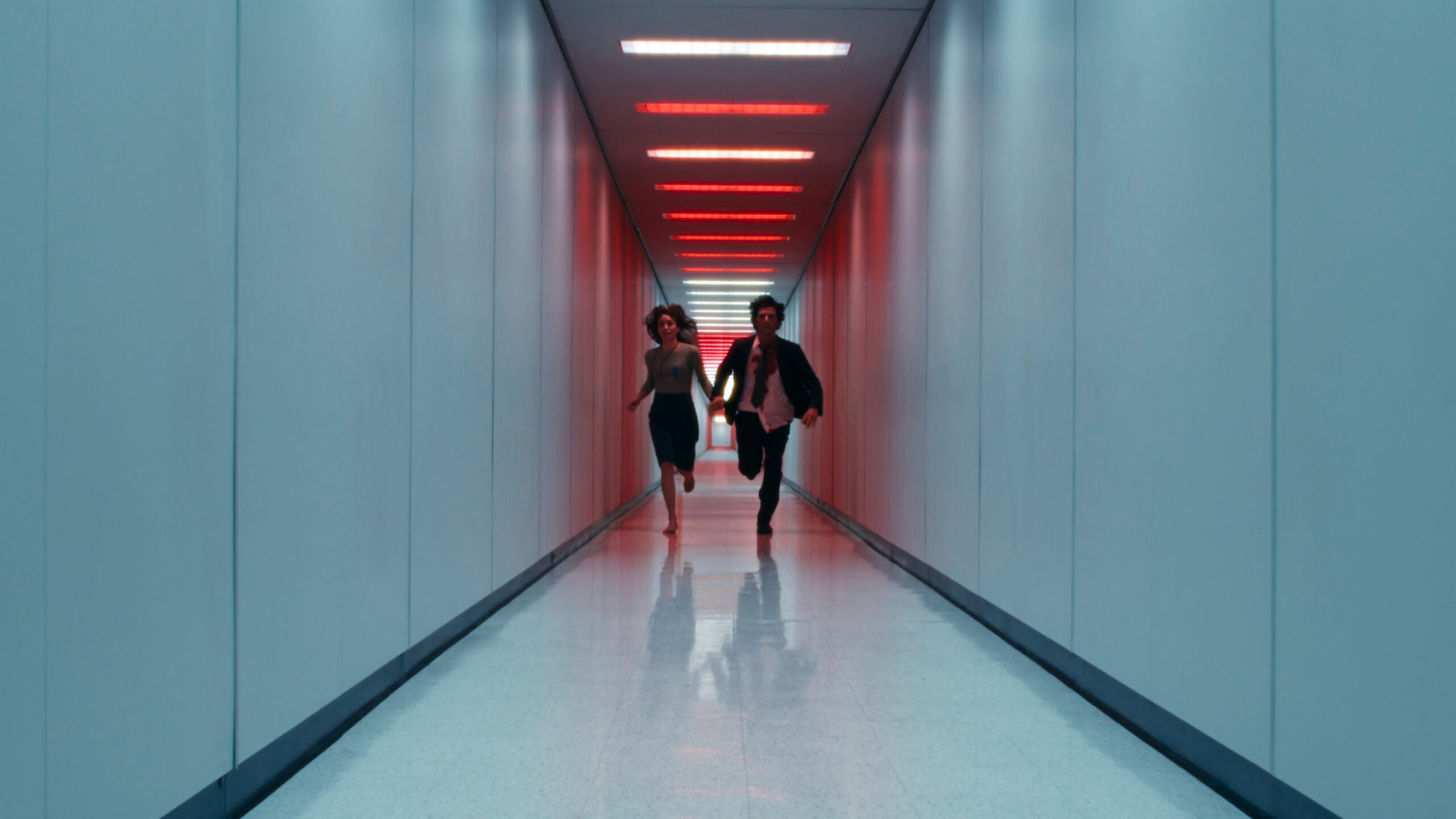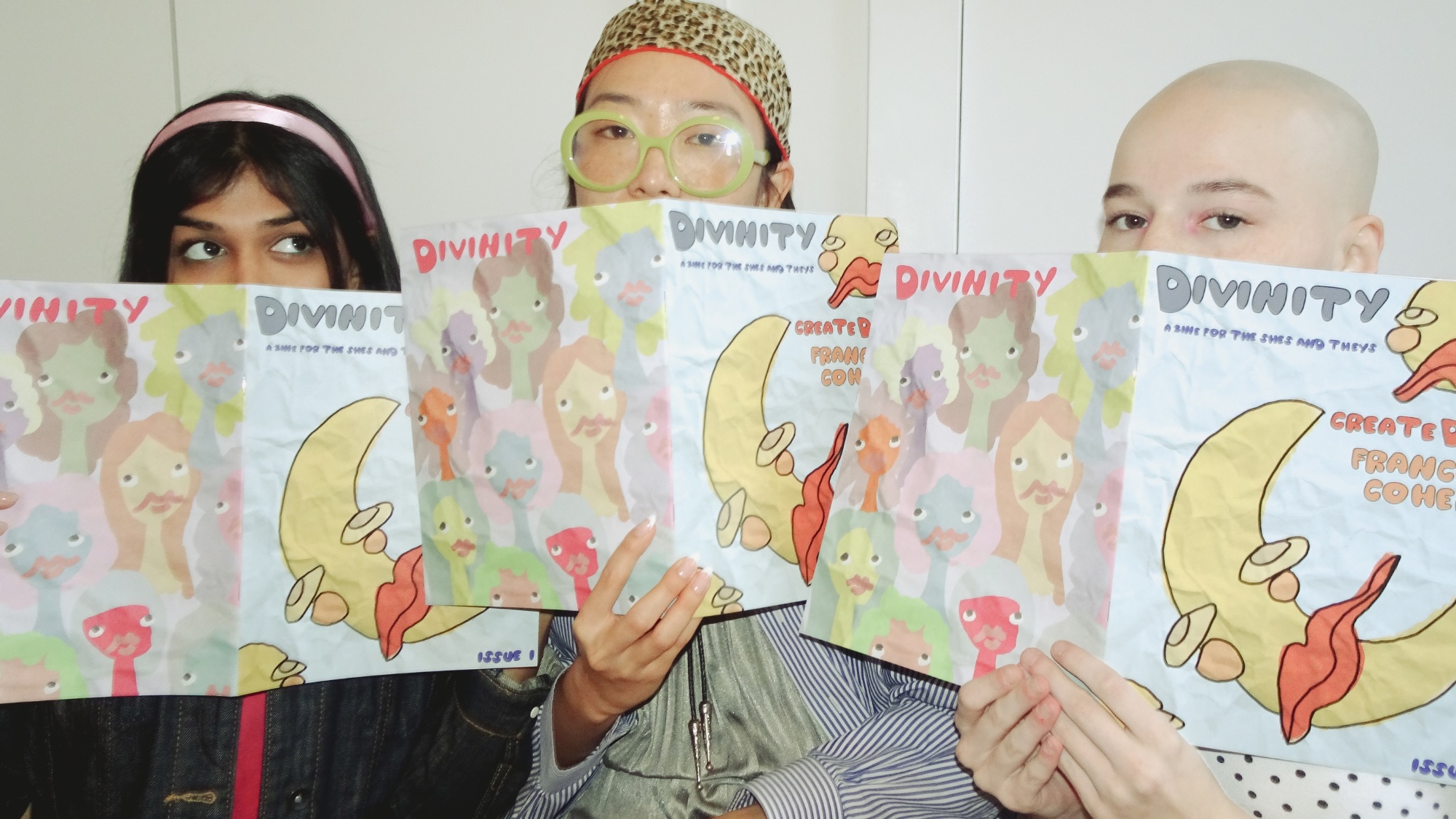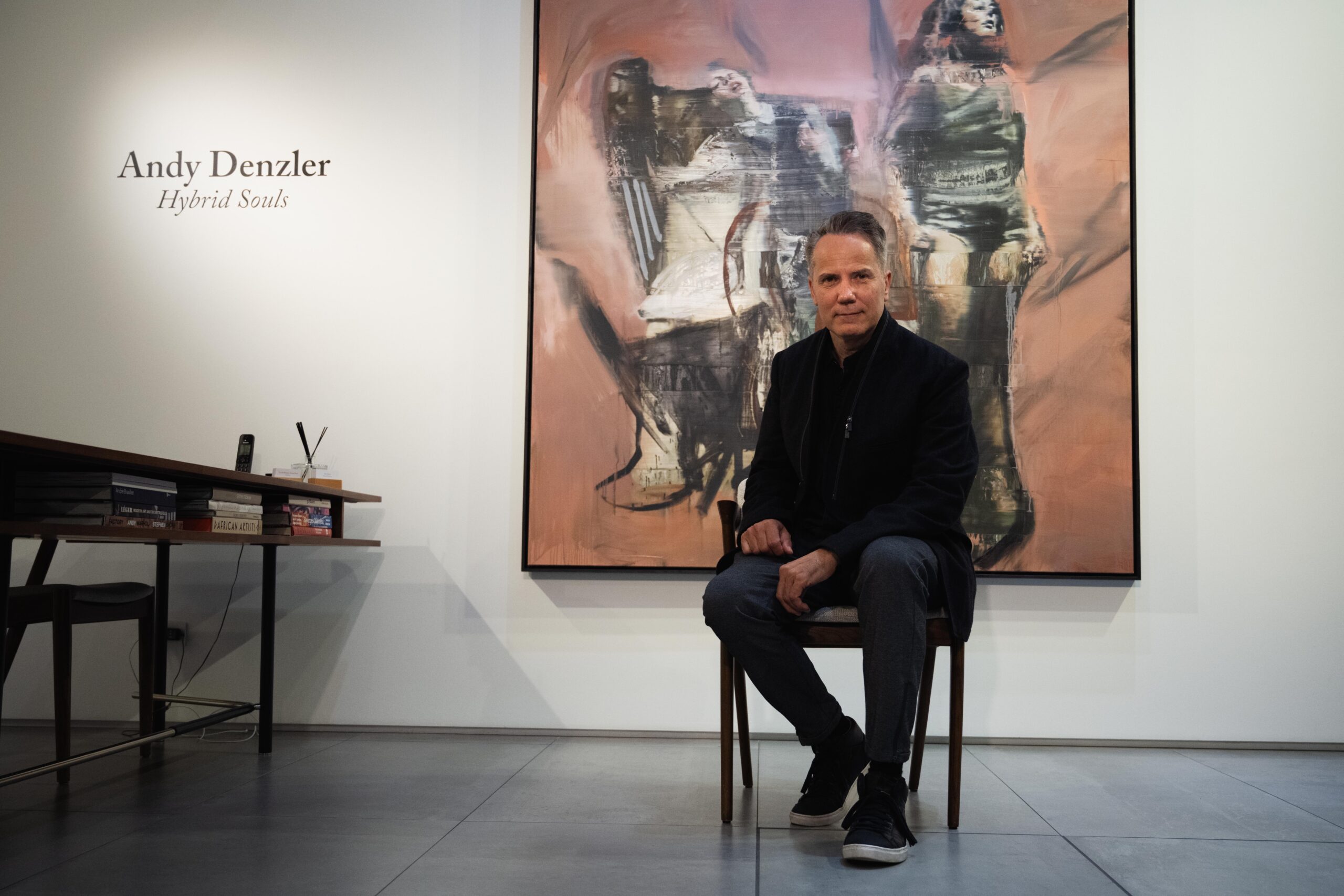How the “Kony 2012” Video Oversimplifies a Complicated Conflict
During my sophomore year of high school, a new English teacher decided to show a series of documentaries in class. At first my classmates and I sat back, ready to nap our way through fourth period.

Halfway through “Invisible Children: Rough Cut,” however, most of the class was in tears. When the bell rang, the teacher turned off the television and looked around the darkened room, surprised that her class of 15 year olds would be so interested.
“Rough Cut” documented the struggles in Uganda, where the Lord’s Resistance Army, a Christian fundamentalist militant group, was abducting children to use as child soldiers. In order to avoid abduction, children were shown commuting miles away from their homes during the night. Most memorable was the clip of Jacob, a Ugandan boy who couldn’t have been more than 14 years old. He said he would rather die than continue living in such fear and turmoil. Invisible Children, founded in 2004 by young filmmakers Jason Russell, Laren Poole and Bobby Bailey, sought to address these issues, working to oust Joseph Kony, leader of the LRA, and end the use of child soldiers.
The images and the interviews in this first documentary were distressing, even heartbreaking, and at 15 years old, most of us weren’t yet exposed to the type of critical thinking we do here at The New School. We took what Invisible Children said as unequivocal truth. In fact, I was so struck by the documentary that in April of the same school year, I went to Washington D.C. to participate in the nationwide event called Displace Me, which was meant to gain the attention of politicians by simulating what it might be like to be displaced. My sister and I wore red X’s across our shirts, symbolizing the “crossed out” or invisible children in Uganda, and built a cardboard shelter decorated with peace signs, one in a sea of hundreds on the National Mall.
Now, years later, Invisible Children’s “Kony 2012” video has gone viral with over 100 million hits. The organization’s latest initiative is an attempt to make Kony as widely known as possible so as to put his crimes in the spotlight and end his power and leadership. On the day of its release, the “Kony 2012” video took Facebook and Twitter by storm; many shared the video or re-posted it to a friend’s site, often asking others to share as well. Celebrities such as Rihanna, Hilary Duff, and Alicia Keys even caught on, tweeting about the initiative. Oprah Winfrey tweeted that she gave “major dollars” to the organization years ago in an attempt to bring attention to the conflict.
At first glance, the “Kony 2012” video draws on some of the same techniques as “Rough Cut.” In many ways, it is seamless in its visual depiction of both the supposed problem and the solution to the problem — the abduction of children and the arrest of Kony. And it has, admittedly, brought international attention to the issue, especially among young people. Besides flooding social network websites, the video sparked events like the upcoming “Cover the Night,” when supporters in cities across the world will cover buildings, street signs, and the like with red “Kony 2012” posters.
Yet many have also criticized the “Kony 2012” video, specifically targeting the way in which it oversimplifies a complicated issue and seems to imply that military action is the best way to capture Kony and stop the LRA. Much of the video focuses on Invisible Children co-founder Russell and his family; it even begins with home footage of Russell’s son, Gavin, being born.
“Every single person in the world started this way,” says Russell in a voiceover. “He didn’t choose where, or when, he was born. But because he’s here, he matters.”
The idea that all children deserve the same chances and opportunities is certainly admirable, but it is also unrealistic and naïve. By using Gavin to point out disparities between children in the U.S. and children in Uganda, Russell seems to be arguing that if we could just help them — save them — they could live like us. He does not acknowledge, though, the many other factors that separate Americans from Ugandans — factors like race, culture, and poverty. This is, in fact, what the entire “Kony 2012” video lacks: the context of the conflict in Uganda. While the video tugs at our hearts, pulling us in with the stories of affected children, it does not provide any information on the historical, economic, or political issues surrounding the conflict.
Early on in the video, Russell presents Gavin, now four years old, with two photos: one of a Ugandan boy, the “good guy,” and one of Kony, the “bad guy.” He then tells Gavin a watered-down version of a complex geopolitical conflict — a conflict that does not pertain to him in any direct way, and the intricacies of which he is incapable of truly understanding at the age of four. This sweeping overgeneralization, however, effectively mirrors many Americans’ out of touch and child-like worldviews — in fact, the way that Russell simplifies the issue for Gavin is not unlike the way Invisible Children simplifies it for all of their viewers.
In response to such criticisms, Invisible Children launched a second video on April 5 called “Kony 2012 Part II: Beyond Famous.” Instead of focusing on Russell and his family, the newest video provides more historical, economic and political context, and includes interviews with Ugandans. But the response does not provide a fully comprehensive description of the complications that have occurred during the conflict, and, like the first video, approaches the situation from a singular perspective.
“One of the major criticisms of the previous video was that it simplified a complex issue,” Craig Valters, an academic from the London School of Economics who has researched the LRA and Uganda, told The Guardian on April 5. “They appear to have answered that in this video by repeatedly saying ‘the situation is complex.’ There is a disconnect between this identification of complexity and their main conclusion: Kony must be militarily removed.”
Despite Invisible Children’s attempts to present a more thorough and factual description of the conflict, the newest “Kony 2012” video still fails to acknowledge the reality of what they are proposing. Military intervention could have disastrous consequences and, instead of helping Ugandans, would likely hurt them.
Invisible Children is still pushing their singular opinion on viewers — primarily young people — and answering criticisms with sweeping generalizations. Perhaps the conversation should start as such: as a conversation, instead of a rant about how to save people who might not want or need to be saved. In both videos, Russell and his team do not offer a dialogue, but rather a monologue — a one-sided, emotional diatribe that leaves out relevant information and suggests that military action is the only solution. While some might argue that any exposure is good exposure, it is important to take a critical approach to what is actually being promoted. Will watching a video and covering city buildings with red Kony posters really make any difference, or will it simply make us feel better to essentially put a band aid over a conflict that has been going on for years? Instead of gaining supporters with dramatic, subjective videos, Invisible Children should be presenting the facts of the situation in Uganda, and promoting intelligent discussion about what, realistically, should be done.
Towards the end of the video, two hands are held up with fingers raised in peace signs, one black and one white. As with Gavin’s overly simplistic lesson on “bad guys” and “good guys,” though, this issue is far from being so distinctly defined and portrayed. Critics are, at last, shedding light on the gray areas.







Leave a Reply